
6 Amazing Desert Races
Intro
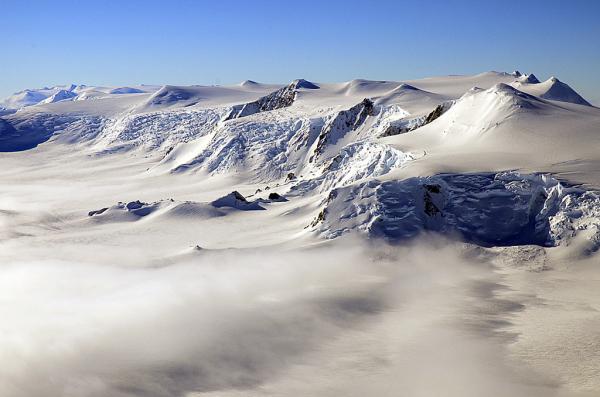
Bored with road races? Think you've done it all? Channel your inner Roald Amundsen the Norwegian explorer that won the race to the South Pole 100 years ago and sail to Antarctica. Here you'll find one of the most challenging races on the planet The Last Desert Race.
Yes, Antarctica is a frozen desert. Just a few inches of rain and snow falls here each year. It is also the highest, windiest and coldest continent on Earth, with a huge plateau covered by an enormous ice sheet.
But before you can experience the terrain firsthand, you'll have to complete three other desert challenges. We've got the details on these races plus two more runs across some of the world's harshest deserts.
Atacama Crossing Chile
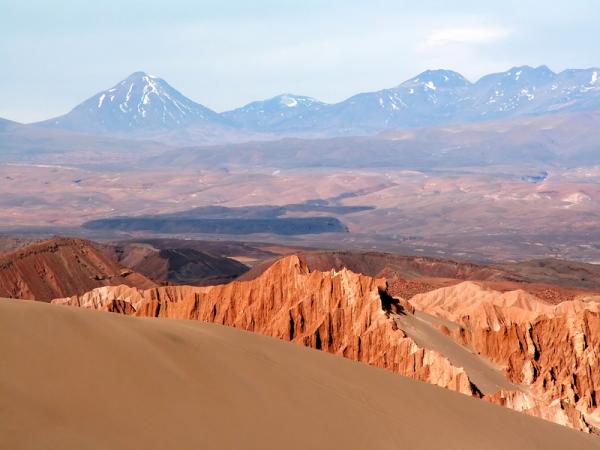
To qualify for the Antarctica race, you must conquer three other grueling desert races.
The Atacama Crossing race in Chile is first in the "4 Deserts" series, which was ranked second on TIME magazine's list of Top 10 Endurance Competitions in the world.
The Atacama Desert is one of the driest places on Earth and is the most lunar-like landscape on Earth. NASA tests its Moon rovers here. The Atacama Desert is 15 million years old and 50 times more arid than California's Death Valley. Keep your head on a swivel here: Some of the oldest mummies found on Earth come from the Atacama Desert, dating as far back as 7,000 years.
The race's elevation varies, but the entire race is held at least 1.4 miles (2.3 kilometers) above sea level and peaks at 10,000 feet (3,000 meters) above sea level. The race spans 150 miles (250 km), which is far enough to cross the width of Chile. Temperatures during the day are around 104 degrees Fahrenheit (40 degrees Celsius). At night, temperatures may drop to 41 degrees Fahrenheit (5 degrees Celsius).
Get the world’s most fascinating discoveries delivered straight to your inbox.
Gobi March China
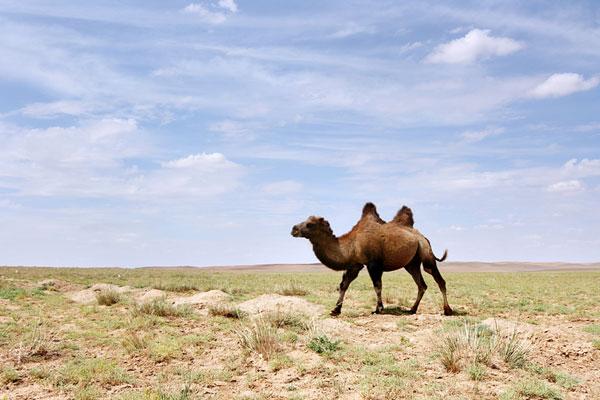
Next in the "4 Deserts" series is the Gobi March in China. Kashgar is the host city for the 155-mile (250-km), 7-day, 6-stage foot race. Along the course, runners will pass Shipton's Arch (Heaven's Gate to locals), which is a natural arch that is taller than the Empire State Building.
In the Gobi Desert, runners trek across dry, rocky riverbeds, dusty tracks, narrow ridge paths and green pastures. Average temperatures are between 95 to 113 F (35 to 45 C).
Twenty percent of competitors run the entire course; others split time running and walking. A few walk the entire course. This year's fastest completion time is expected to be around 24 hours and the slowest around 70 hours.
Sahara Race Egypt
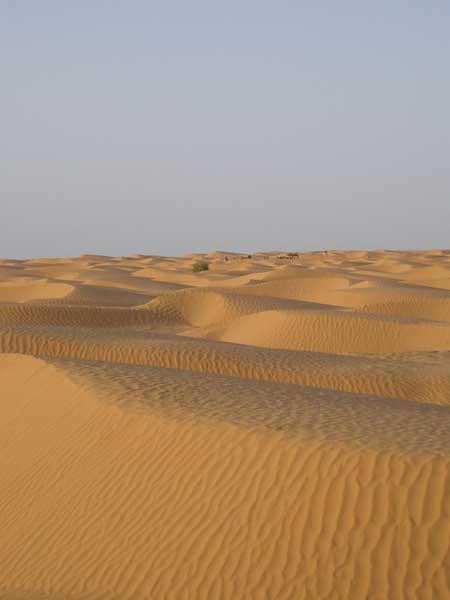
The iconic Sahara Desert, the largest non-polar desert in the world, is home to the third race in the "4 Deserts" series. This race is also 155-miles (250-km) long, but it's run across the hottest desert in the world.
During the event, competitors cross through The Valley of the Whales, where an ancient shallow sea once covered the land. Competitors pass fossils that are believed to be from whales with legs that died out 40 million years ago. The 2012 course will finish at the Pyramids of Giza.
The terrain is a mixture of hard-packed sand, soft sand and sand dunes. Temperatures on the course reach as high as 122 F (50 C). Bring plenty of water.
Up to 200 competitors from more than 40 countries are expected to compete in the Sahara Race 2012. The fastest completion time is expected to be around 26 hours and the slowest around 70 hours.
Badwater Ultramarathon
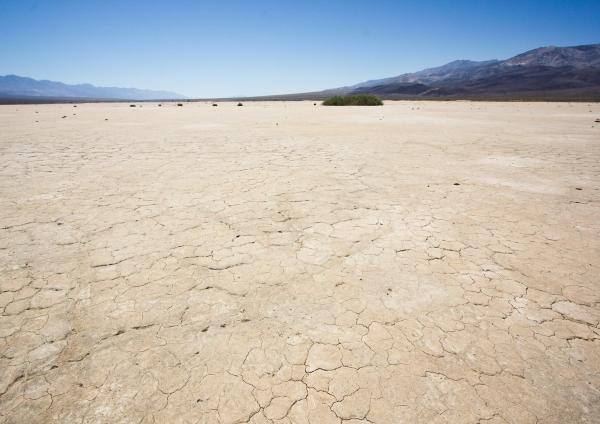
Now that you've qualified for Antarctica, here are two more of the world's most extreme desert races for your bucket list.
The Badwater Ultramarathon is billed as the world's toughest footrace. This 135-mile (217-km) course begins at 282 feet (86 m) below sea level in California's Death Valley. The course then climbs to 8,360 feet (2,548 m) at Whitney Portal, the trailhead to Mount Whitney.
The race is held every year in mid-July, when the weather conditions are most extreme and temperatures over 120 F (49 C), even in the shade, are not uncommon. Few people finish the race.
Siberian Ice "Marathon"
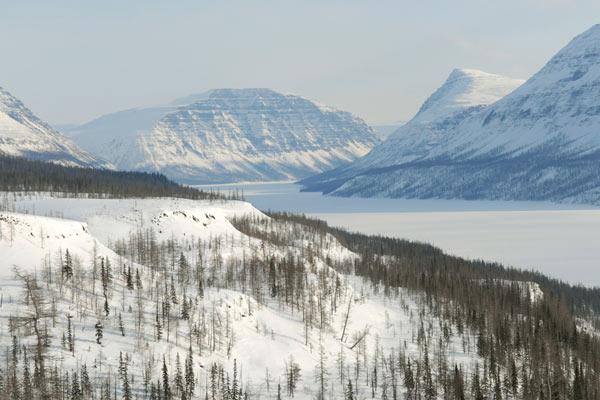
To prepare for racing across Antarctica, try this icy race, dubbed the "Coldest Marathon." This race isn't really a marathon at all. It is technically a half marathon, but with temperatures far below freezing, runners will feel like they're covered twice as much ground.
The Siberia Ice Marathon takes place in Omsk, Siberia (where the writer Fyodor Dostoyevsky was exiled). During the race, organizers hand out hot tea instead of water.
During the coldest of these races, held in January 2001, the air temperature averaged minus 39 degrees Fahrenheit (3.9 degrees Celsius), and it got as low as minus 44 F (minus 42 C). Of the 134 people who started the race, 11 finished.
To put that day in perspective, anyone who started that race only had an eight percent chance of finishing it, about as low as the current freshman acceptance rate at Harvard University.
The Last Race Antarctica
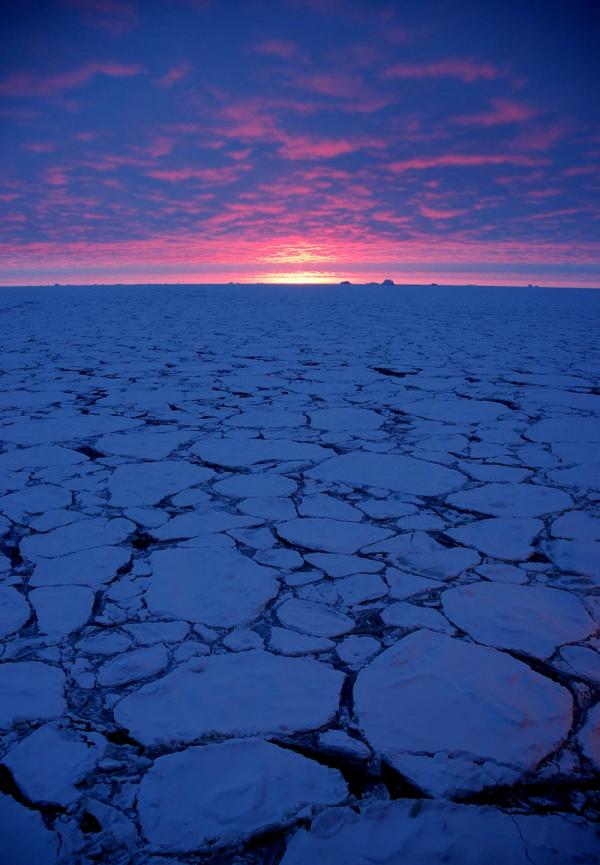
So you've trudged across the Atacama, trekked the Gobi and slogged through the Sahara. Your reward is The Last Desert race the only multi-day stage race on the Antarctic continent.
The starting point isn't in Antarctica, but in Ushuaia, Argentina. Competitors will board the expedition ship, the Antarctic Dream, to sail across the Drake Passage to several locations in Antarctica. [Images: Above Antarctica's Icy Wilderness]
The terrain will be largely snow and it varies in depth from just a few inches to several feet. Temperatures on the course can reach as low as minus 4 F (minus 20 C). A bath in thermal waters on Deception Island is like a dip in the spa for these racers.
Finish all four of the 4 Desert races in one calendar year and you'll be one of the few to finish the 4 Deserts Grand Slam. Then you'll really have done it all. [Read more: 9 Stunning Scenic Races]

